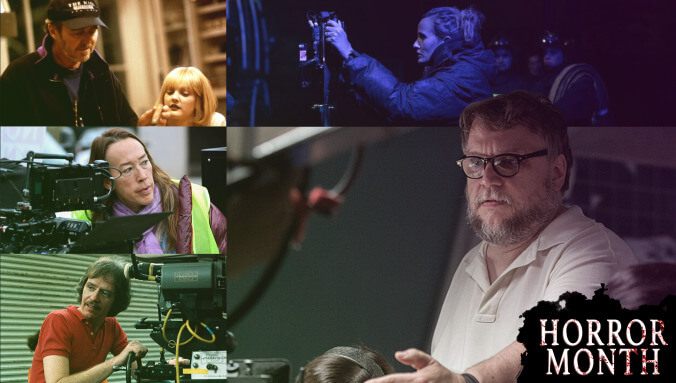Who's your favorite horror director of all time?
From Cronenberg and Carpenter to Raimi and Romero and beyond, here are the maestros who inspire chills and thrills among our writers and editors

(Clockwise from bottom left) John Carpenter (screenshot), Karyn Kusama (Paul Sarkis/Showtime), Wes Craven and Drew Barrymore (Dimension), Julia Ducournau (Courtesy of Neon), and Guillermo del Toro (20th Century Fox) Graphic: Rebecca Fassola
October may be coming to an end, but we’re going to let you in on a little secret: at The A.V. Club, basically every month is horror month. Because celebrating this venerated genre of cinema can’t be confined to just one month, we’re using Halloween as an excuse to share with you the directors whose films continue to terrify, shock, and delight our writers and editors. Here’s the essential question: Who is your favorite horror filmmaker and why? The answers are just a click away.
Join the discussion...